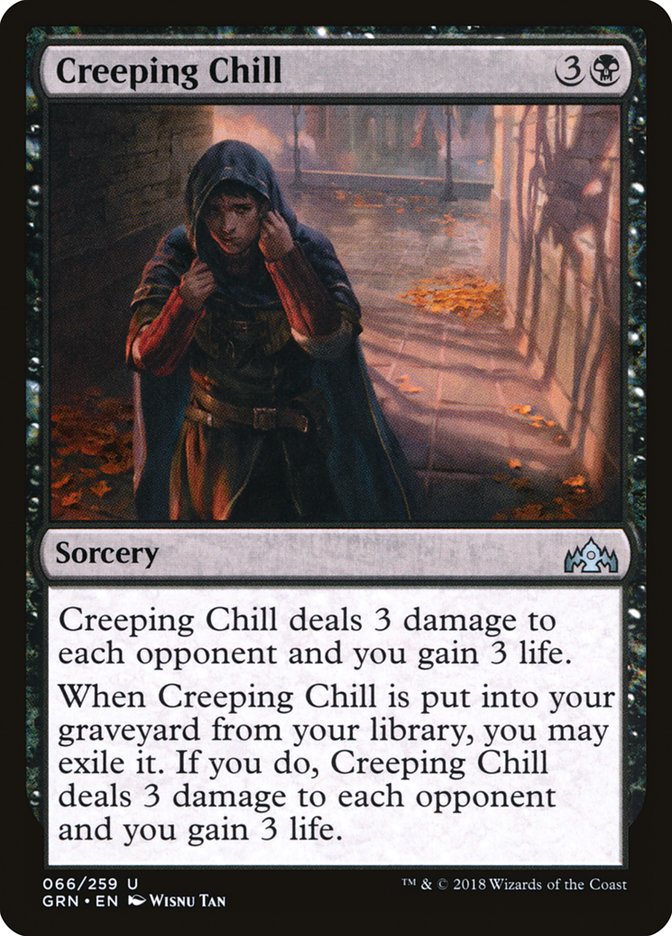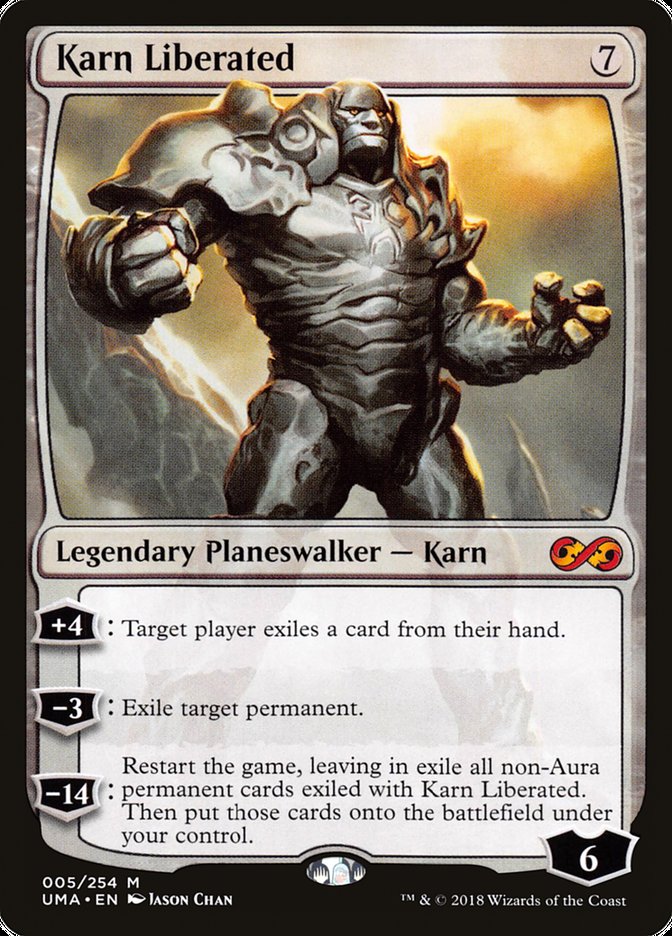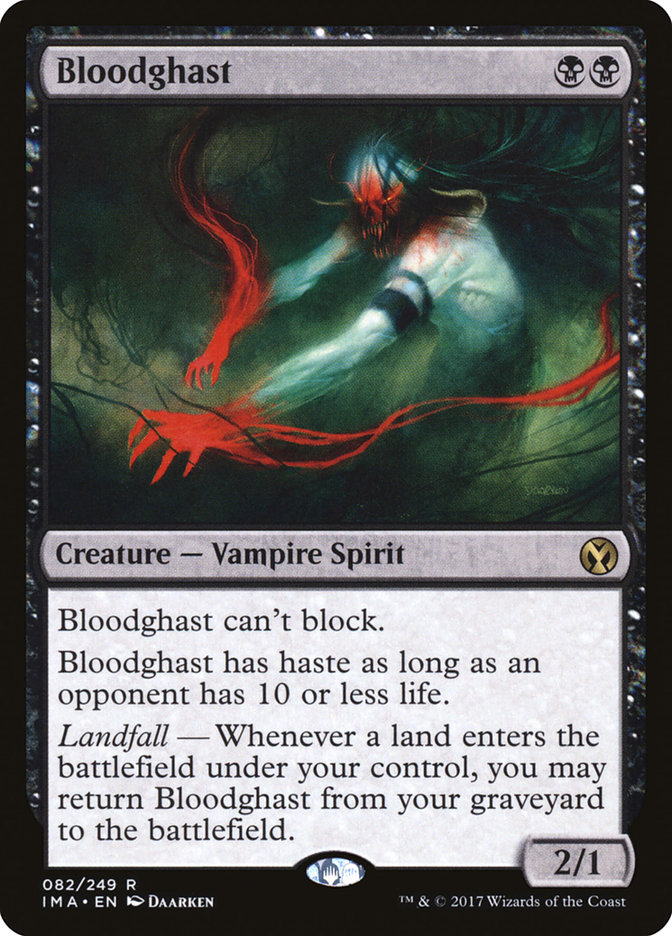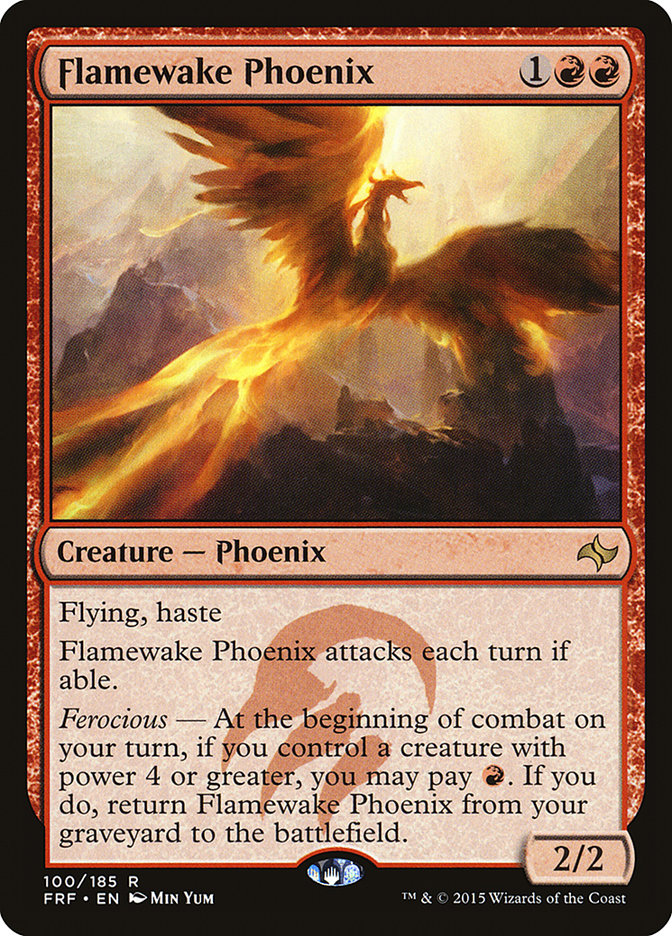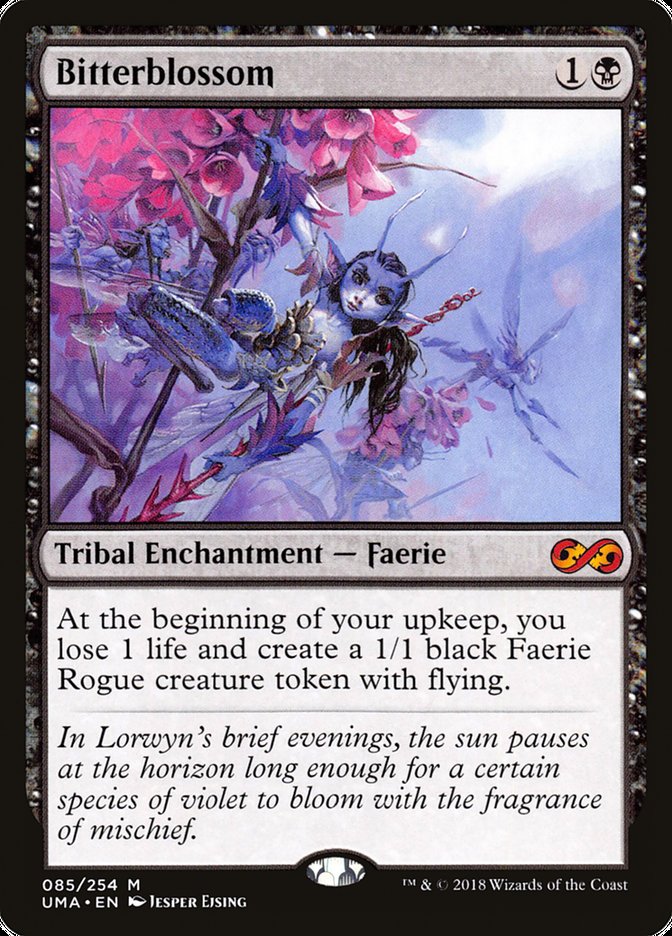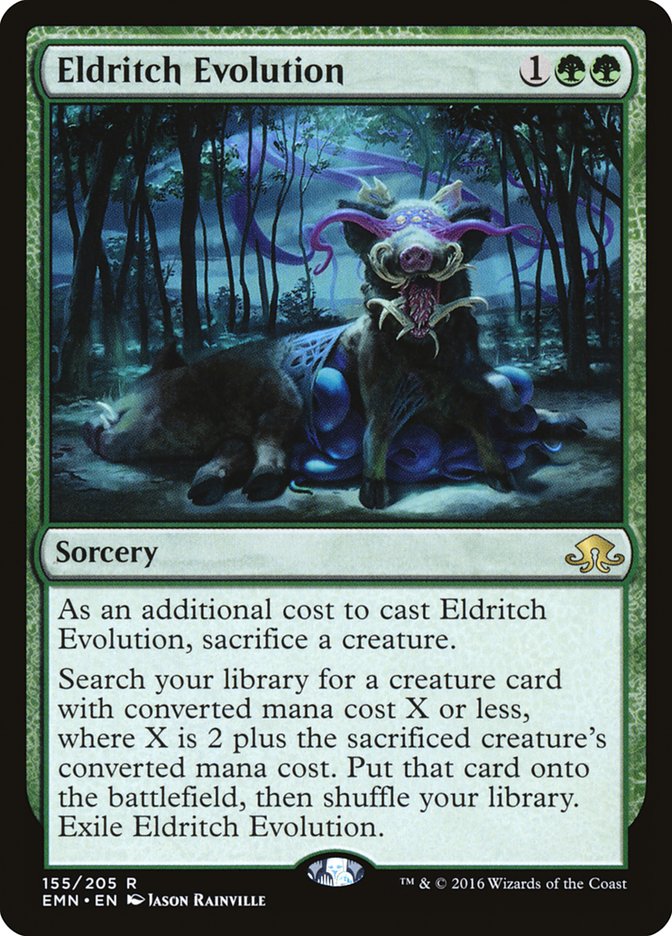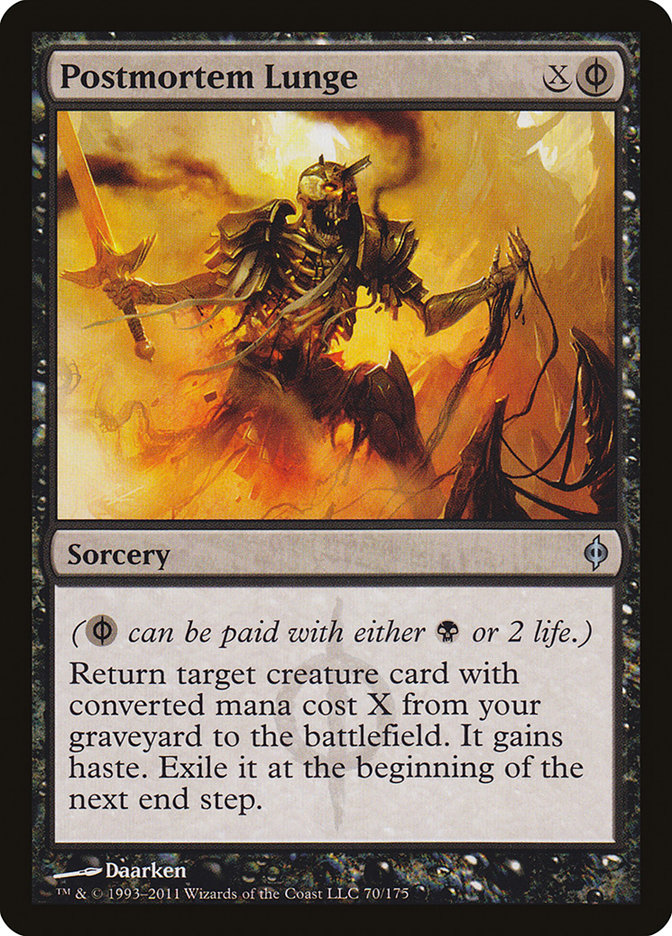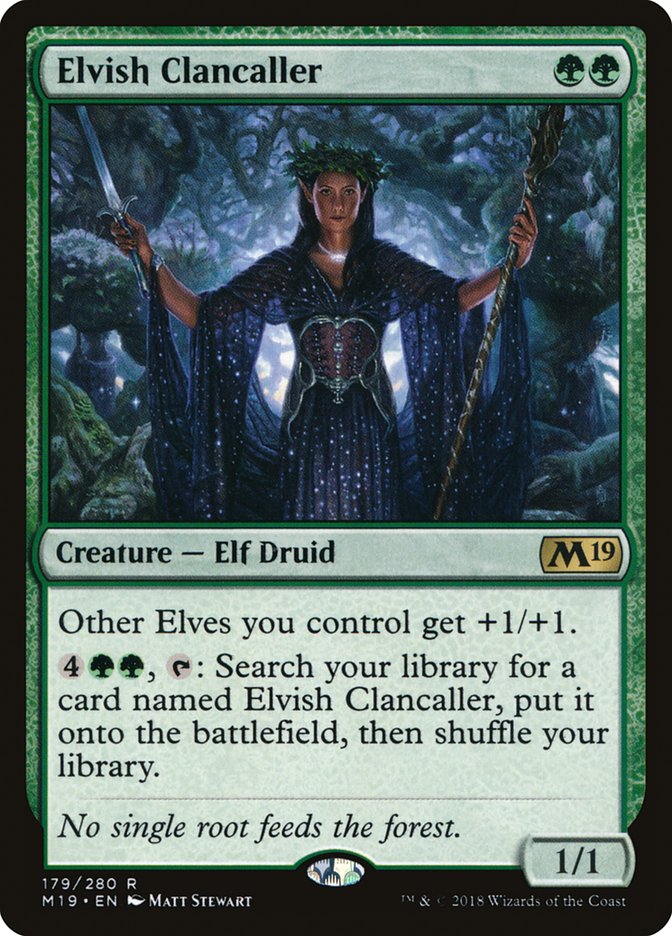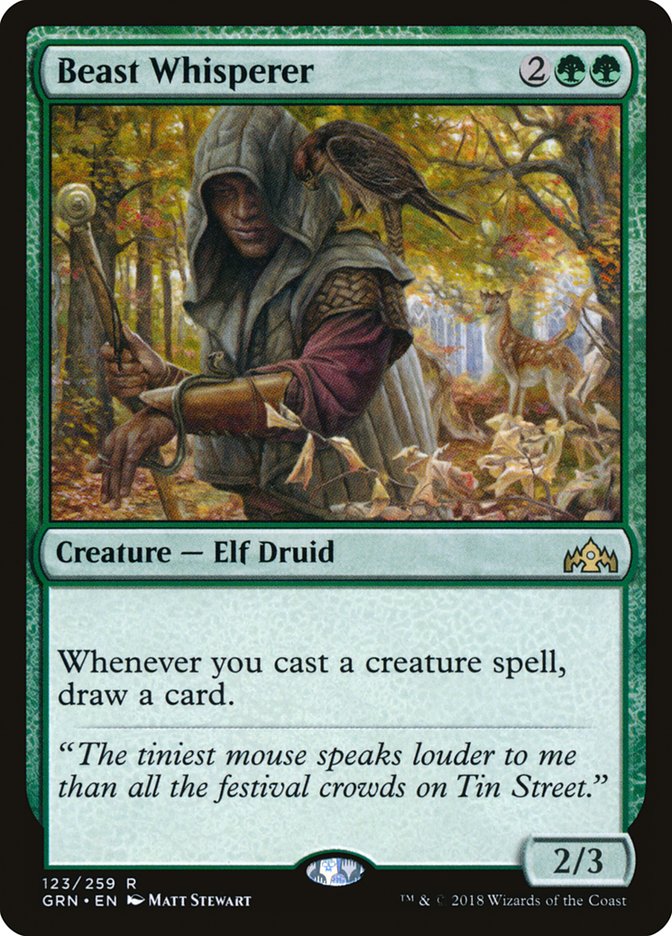If you look at the results of
Grand Prix Portland
and the
results of the Season Two Invitational
, they offer very different snapshots of what’s going on in Modern right
now. In Portland, the format looks unexpected and diverse – if you listed
the top 30 decks in Modern, how many of Elves, Dimir Faeries, and Abzan
Evolution with four Postmortem Lunges do you think you’d have listed? I
doubt I’d have mentioned any of them, personally. Meanwhile, at the
Invitational, we see eight decks that most writers mentioned in the weeks
leading up to the tournament. We’ve seen this happen recently in Standard,
where two tournaments in the same format at the same time point to very
different metagames and experiences, and with Modern, it could easily just
be how things broke, but in this case, things broke in exactly the expected
way, which should reinforce our (assuming you agree with me) expectations.
So, what should those expectations be and what should you do with them?
The expectation is that players in SCG events of all types are more likely
to follow results of other SCG events and read articles on
StarCityGames.com. As a result, those metagames follow and react to trends
based on other SCG events at a much higher rate. Take
Ari’s last article
as a case study in this phenomenon. Ari writes that Creeping Chill put
Dredge ahead of Tron, which made Tron a bad deck, which eliminated a
necessary axis of interaction, which freed players to focus their sideboard
on other things and the rest of the format cascades from there.
Okay, that’s one take, and maybe that kind of thing can happen on the SCG
Tour, where Dredge wins an event and everyone writes about what that means
and people listen and adjust accordingly, but this just isn’t how things
function in the rest of the world. Dredge wins an SCG Tour event, Dredge’s
popularity, what, doubles from 2% to 4%? People play another hate card or
two and move on with their lives, Tron players expect the surge in
graveyard hate to insulate them from Dredge’s increased presence and keep
doing their thing, players who expect Tron won’t be played and skimp on
hate get crushed by Tron. Seriously, playing Modern on Magic Online, Tron
is the deck I’ve played against the most in the last week, by a wide
margin, which makes me pretty dubious of the foundation of Ari’s position
(fortunately, there’s enough going on in Modern that a lot of his points
and conclusions make sense despite this).
So basically, everything you “know” about Modern from reading this site and
following regular SCG Tour events should basically hold on the SCG
Tour–new decks will emerge and results won’t be entirely predictable, but
most players end up reasoning similarly and deciding between the decks that
have succeeded here recently. Meanwhile, on the West Coast, far from all
the SCG Tour stops, at a Grand Prix happening at the same time as SCG CON,
the impact of the SCG Tour is less, and Modern is an entirely different
animal.
We don’t have a metagame breakdown in the coverage, but we know that the
8th-16th place decks were a little more conventional than the Top 8, with
two Izzet Phoenix, two Bant Spirits, two Tron, an Ironworks, and a Storm
deck, so maybe things just happened to break weirdly, but that still leaves
the question of how these unexpected decks succeeded and what that means
for Modern.
Grixis Death’s Shadow won the event. This is a deck that I believe was
largely pushed out of the format by Hollow One, because the interaction
lines up so poorly and the low life total is easily punished by Bloodghast
and Flamewake Phoenix, so it makes sense that there’s a window for it to
enter the format again now that Hollow One has become less popular. On the
other hand, Hollow One has been replaced by a different Faithless Looting
deck with Arclight Phoenix, which also looks to have game against Grixis
Death’s Shadow.
That said, your removal spells have targets that stay dead, so as long as
you can answer or outrace the Phoenix itself, the matchup seems winnable
for Grixis, so I can see how, despite a threatening deck entering the
format, if it’s a 40% matchup instead of a 20% matchup, that still leaves
Grixis Death’s Shadw in a better position than it has been lately. I also
suspect that Grixis Death’s Shadow benefitted from Bant Spirits replacing
Humans, as Thalia, Guardian of Thraben, Mantis Rider, and Reflector Mage
are more threatening than the equivalent Spirits, and Grixis Death’s Shadow
isn’t playing the kinds of cards that are really vulnerable to Selfless
Spirit or Spell Queller.
Looking at those shifts and knowing the deck is one of the scariest to play
against as an Ironworks player, it makes sense for it to have a place in
the current Modern metagame regardless of where you’re playing.
Yuta Takahasi’s deck is harder to evaluate because fewer people have had
success with decks like this. It’s basically a Dimir Planeswalker deck
where Bitterblossom functions like a two-mana planeswalker, in that it
contributes to making it harder to pressure your other planeswalkers the
same way a planeswalker would and generates material advantage every turn,
so the goal is basically to establish parity with one of those cards on the
battlefield and ride the advantage it generates over time to victory while
trading your cards with your opponent’s cards.
Creatures (7)
Planeswalkers (6)
Lands (21)
Spells (26)

What’s trickier is figuring out that deck’s role in the current metagame.
It makes sense to me that it would do well against creature decks where all
your cards function as intended, so basically anything where Fatal Push is
good – Spirits, Infect, Humans, Hardened Scales, maybe Izzet Phoenix
depending on their draw. All this is similar to Grixis Death’s Shadow; it
makes sense that multiple Fatal Push decks would do well at the same time
if we’ve reached a point where Fatal Push is well-positioned (again,
informed by a decrease in Hollow One, a deck that’s great against Fatal
Push, and increase in, for example: Thing in the Ice). This deck looks to
go a step further, in that it should be better in the Fatal Push mirror,
because Fatal Push is bad against this deck, but good against Death’s
Shadow.
It’s hard to say how this deck is at being “pressure + disruption” against
combo decks. Bitterblossom has a history of being very good at that, but
this deck is low on things like Vendilion Clique (one in the sideboard) to
help with that, and the planeswalkers are fairly slow pressure. That said,
there are counterspells, Surgical Extractions, and things like that in the
sideboard to replace removal to at least push the disruption side of the
equation.
Yuta is a great player, and I’d imagine this isn’t an easy deck to play. It
certainly can’t be forgiving, but I can see how it occupies a similar
metagame position to other successful Dimir+ decks like Grixis Control and
Grixis Death’s Shadow. I wouldn’t predict this deck to be a breakout deck
that picks up a lot of metagame share as much as something that other
control players in Modern might try out to see if they prefer things about
it.
Creatures (23)
- 4 Birds of Paradise
- 1 Eternal Witness
- 4 Devoted Druid
- 4 Noble Hierarch
- 3 Duskwatch Recruiter
- 1 Walking Ballista
- 4 Vizier of Remedies
- 2 Shalai, Voice of Plenty
Lands (17)
Spells (20)

Abzan Evolution is another weird deck, and I believe Matt Nass played a
deck like this at PT Rivals of Ixalan. It’s like Counters Company
without Collected Company, with the thinking being that you don’t care
about generating value. You’re just trying to assemble a combo and Chord of
Calling, Commune with Nature, and Eldritch Evolution are the best way to
find your combo pieces as consistently as possible.
The real tech in this deck is the four copies of Postmortem Lunge, which
looks fantastic to me. Now, instead of needing to keep a Devoted Druid on
the battlefield, you cast it, and if your opponent kills it you have a card
that doesn’t just find another Devoted Druid; it gives you a Devoted Druid
with haste. You’re playing a deck that just needs two creatures on
the battlefield at the same moment – you don’t need them to stay on the
battlefield permanently – so Postmortem Lunge gives you just what you need
to win on the spot.
As Ari identified, the trick to finding a busted combo deck is that
everyone’s ready to interact with artifacts and the graveyard, so you need
a deck that doesn’t rely on either of those. This deck’s graveyard use is
already plan B, so it’s not really worried about graveyard hate, and it
doesn’t use artifacts (Walking Ballista is the finisher, yes, but if you
have infinite mana and a Duskwatch Recruiter, you’ll probably find a way to
beat a Stony Silence), so we have a combo deck that’s getting around most
of the hate in the format. On top of that, it doesn’t really care about
cards like Damping Sphere. Removal is also at a fairly low point in the
format because it’s so bad against decks like Dredge and Ironworks. So
again, it’s pretty easy to see how this deck might actually be the real
deal.
Where I wouldn’t recommend taking Yuta’s deck as a sign of things to come,
I think Steven Riecken’s deck is absolutely worth taking seriously. If this
deck is as fast and consistent as I can imagine it being, it’s a really
clever way to build a combo deck that sidesteps peoples’ focus at the
moment. If this works, it could absolutely explode, exactly the way
Ironworks did as it continued to demonstrate its power.
Creatures (34)
- 4 Llanowar Elves
- 3 Elves of Deep Shadow
- 4 Heritage Druid
- 4 Elvish Archdruid
- 2 Ezuri, Renegade Leader
- 4 Elvish Mystic
- 4 Dwynen's Elite
- 4 Shaman of the Pack
- 3 Elvish Clancaller
- 2 Beast Whisperer
Lands (14)
Spells (12)

The last deck that really surprised me was Aren Kasner’s Elves deck. We’ve
seen Golgari Elves before, but it hasn’t really put up results to speak of.
This deck features the addition of Elvish Clancallers and Beast Whisperers.
Do those change things? I think that’s a serious question and I don’t know
the answer. I certainly hadn’t pegged Beast Whisperer as a Modern card,
though it is meaningfully better than Gilt-Leaf Archdruid, which I’ve
played. I can see these cards both being good in the deck. As we saw with
Bant Spirits, a two-mana lord can absolutely be a game changer, and it’s
easy to make the case that just on its surface, Elvish Clancaller is a more
powerful card than Lord of Atlantis. Elves are much better at flooding the
battlefield and can easily generate mana to use the extra ability, and how
much does +1/+1 really matter for a card like this?
So these look like they could be real upgrades to the Elves strategy. What
I don’t know is how much of the success is a function of the deck being
more powerful and how much is a result of finding a metagame where sweepers
are at an absolute minimum because the other creature decks that go wide
are Dredge and Bant Spirits, which are each differently effective against
opposing sweepers, and there are a lot of decks that sweepers just don’t do
anything against. Here, this function in the same metagame opening as Abzan
Evolution – effectively a fast linear/combo deck that doesn’t use artifacts
or the graveyard. While Ari was identifying this opening in Roanoke, Aren
and Steven had already found it and were beating people in Portland by
exploiting it.
So what can we learn from this? The Season Two Invitational is a premiere
event with a lot of great players, and as I described the difference
between the SCG Tour and the rest of the world, it might sound like players
on the SCG Tour are more plugged in and the rest of the world is lagging
behind. But at the same time, looking at the decks that succeeded at the
Grand Prix and looking at the decks that came just short, it was the
unexpected strategies that broke through. The lesson here is that there’s
value in getting out of the echo chamber of playing the best established
decks. As we all know, there’s no shortage of options in Modern, and I
believe there’s always room to do better than just playing the best deck by
finding something similarly powerful but totally unexpected, which this Top
8 was full of. I don’t think we’re seeing a random collection of backwards
nonsense; this was a 1700+ player Grand Prix.
These are decks you should be taking seriously that have the potential to
change the landscape of Modern if they can change which methods of
interaction matter.


